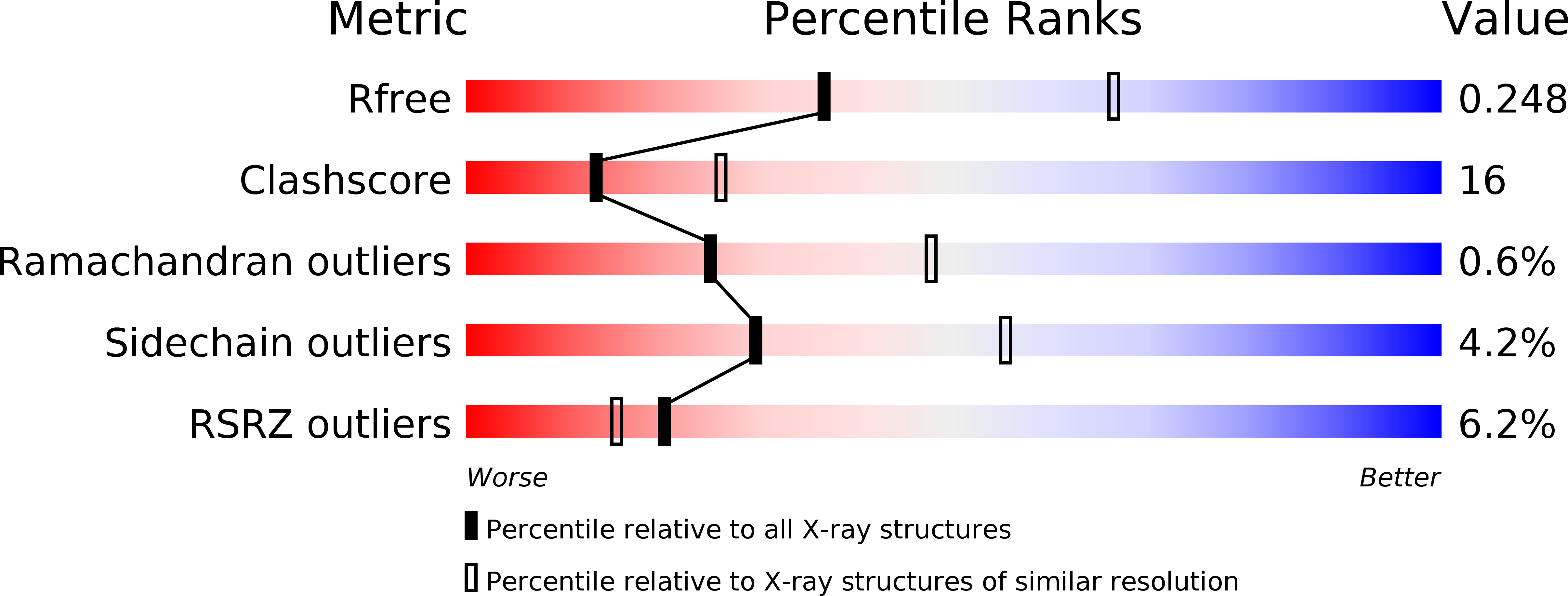
Deposition Date
2010-10-05
Release Date
2010-11-24
Last Version Date
2024-02-21
Entry Detail
PDB ID:
3P3P
Keywords:
Title:
Factor inhibiting HIF-1 Alpha in complex with Notch 1 fragment mouse notch (1997-2016) peptide
Biological Source:
Source Organism:
Homo sapiens (Taxon ID: 9606)
Mus musculus (Taxon ID: 10090)
Mus musculus (Taxon ID: 10090)
Host Organism:
Method Details:
Experimental Method:
Resolution:
2.60 Å
R-Value Free:
0.25
R-Value Work:
0.20
Space Group:
P 41 21 2


